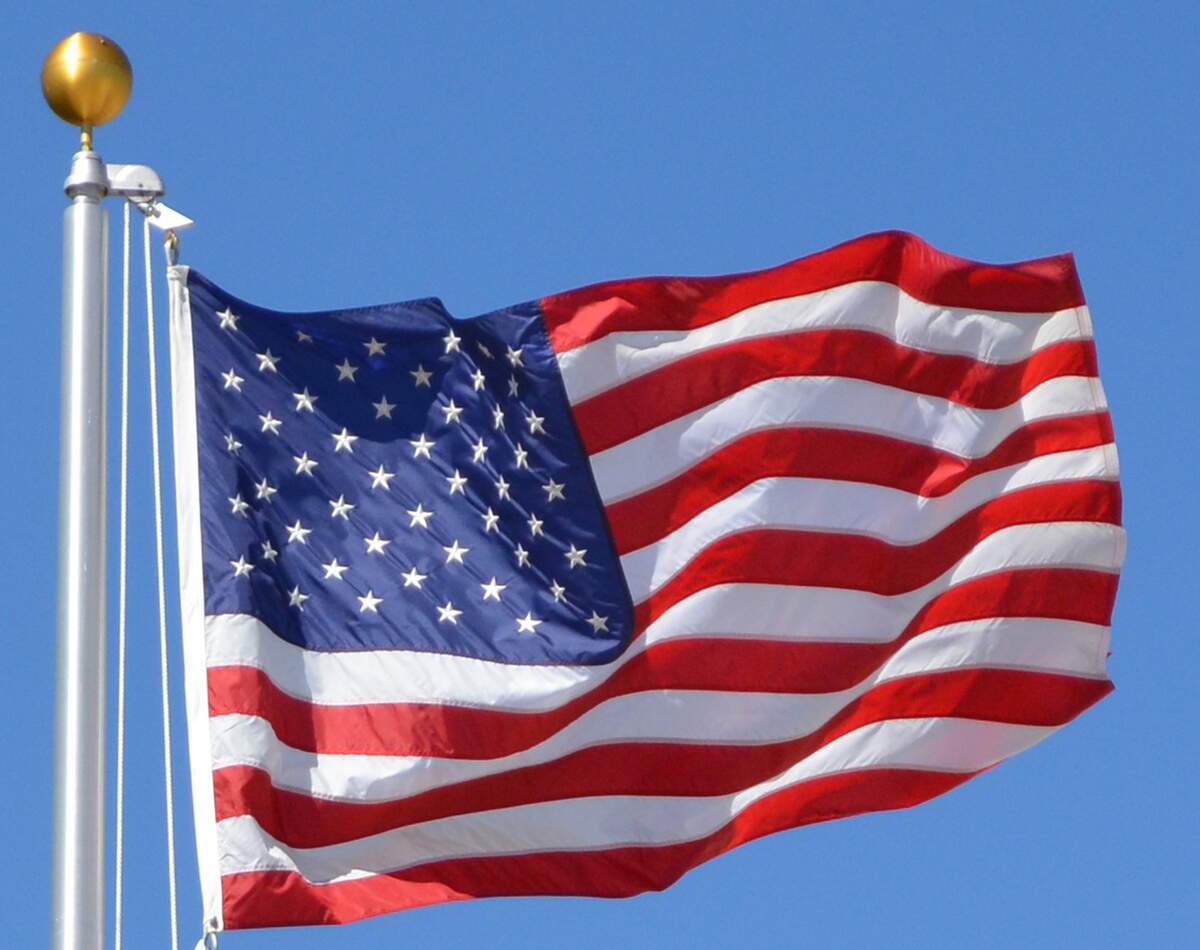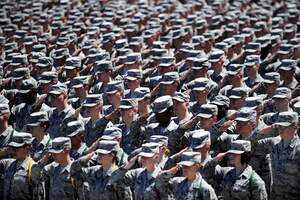

Flag Day
Observed
annually on June 14th (since 1885)
Dates
Founded by
Bernard J. Cigrand in 1885
President Woodrow Wilson on May 30th, 1916
Tags
Federal & Official
Government & Politics
Military & Patriotic
Hashtags
Sources
Flag Day commemorates the adoption of the flag of the United States, which took place on June 14, 1777. In 1916, President Woodrow Wilson made a proclamation establishing June 14th as Flag Day. In August 1949, National Flag Day was established by an act of Congress, which was signed by Harry Truman. However, Flag Day is not an official federal holiday. Before the government recognized Flag Day, citizens had been celebrating it and working to bring it to prominence for many years. Bernard J. Cigrand, a schoolteacher from Waubeka, Wisconsin, held the first formal observance of "Flag Day", or "Flag Birthday", at Stony Hill School in 1885. Cigrand continued to advocate for Flag Day and became the president of the American Flag Day Association and the National Flag Day Society. Cigrand is usually described as the "Father of Flag Day". On June 14, 1894, over 300,000 public school students celebrated Flag Day in parks across Chicago. In the 1890's, observances took place in other cities such as New York City and Philadelphia. Currently, the week of June 14th is known as "National Flag Week", and the president makes a proclamation urging people to fly flags for its duration. Flags are flown on government buildings as well.
How to Observe Flag Day
Flag Day is celebrated by flying flags and going to parades. The president's proclamation traditionally says that flags should be flown all week. There are parades all over the United States. Some of the longest running parades are in Appleton, Wisconsin; Fairfield, Washington; and Quincy, Massachusetts. Some of the largest are in Troy, New York; and Three Oaks, Michigan. If you happen to be in Wisconsin for the Appleton parade, you could visit Stony Hill School in Waubeka too.





















